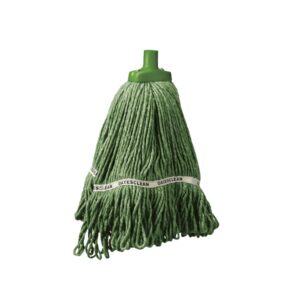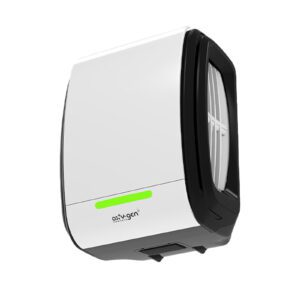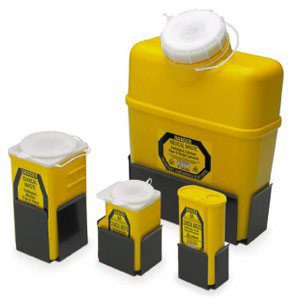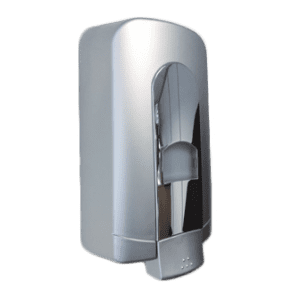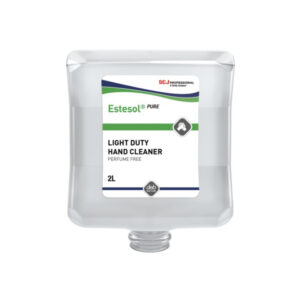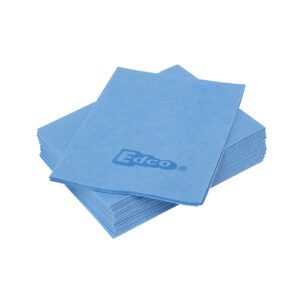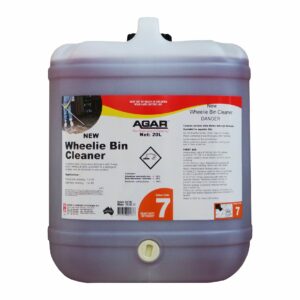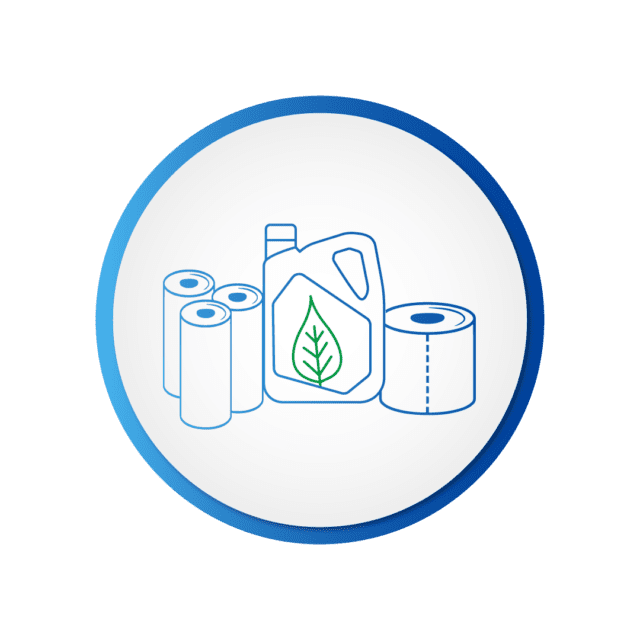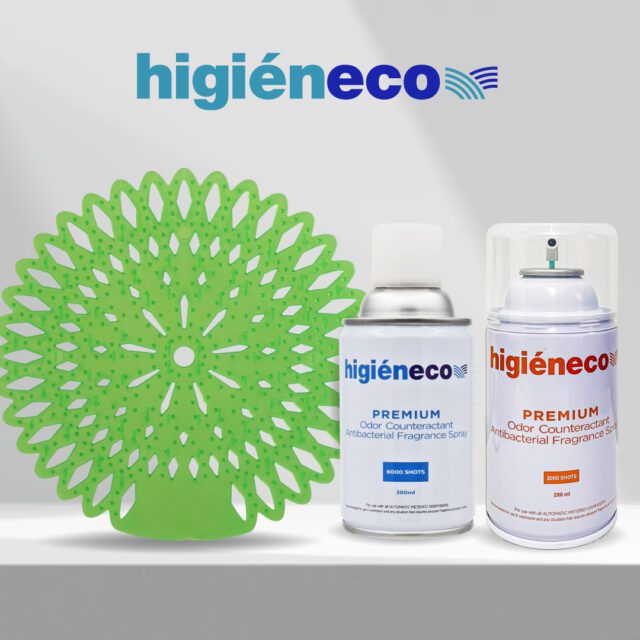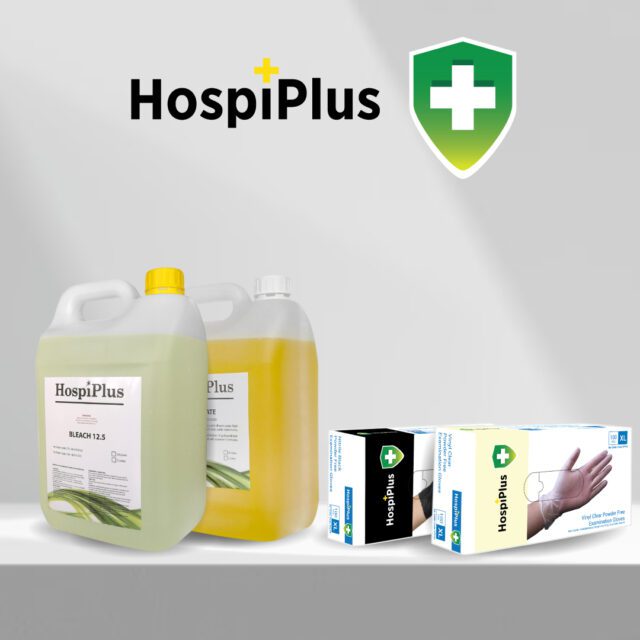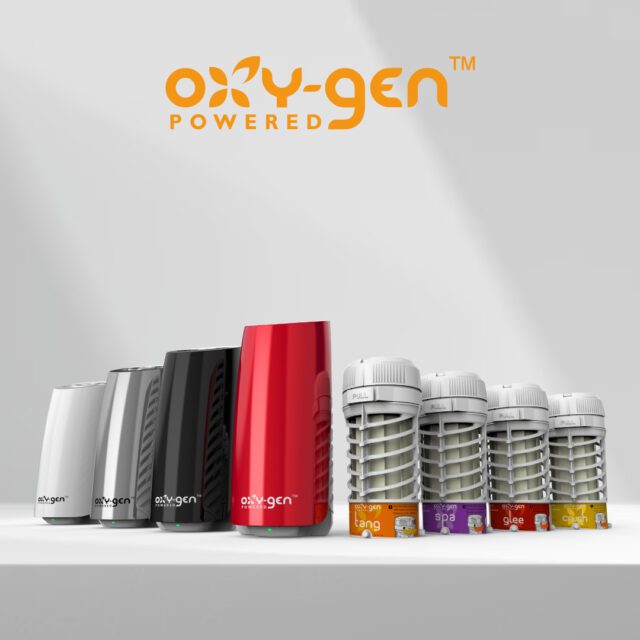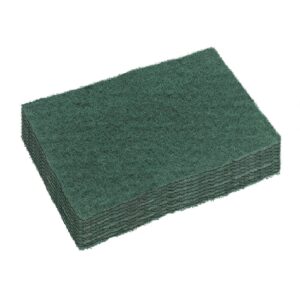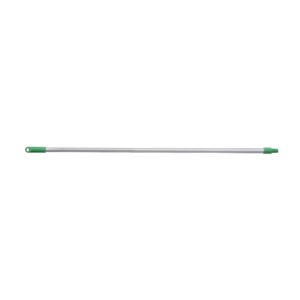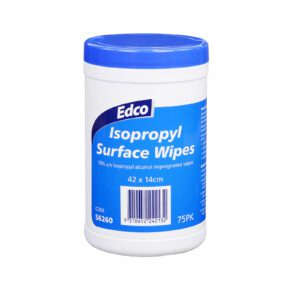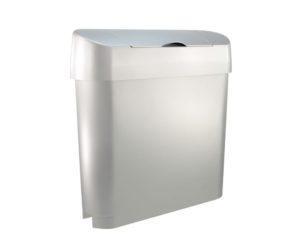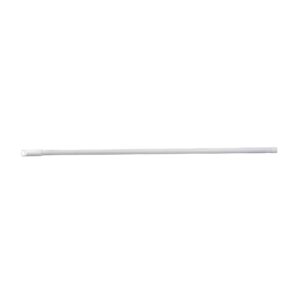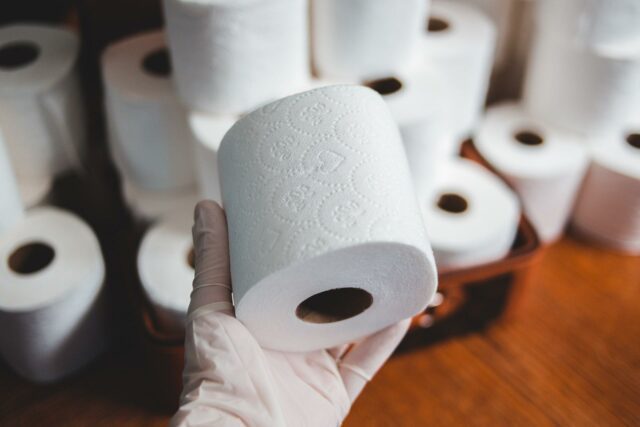Posted on 17/12/2020
Hand Dryer vs Paper Towels: The Hygienic Efficiency of Each
Hand washing is considered to be one of the most important measures to reduce infections causing health deficiencies effectively. The fact that the transition of bacteria is more likely to happen from wet skin than from dry skin raises the importance of proper hand drying practices. Considering the variety of hand drying methods a question comes to the surface on what’s the most effective method in hand hygiene.
Generally speaking, the hygienic efficacy of hand drying includes
- drying efficiency,
- the effective removal of bacteria,
- and the prevention of cross-contamination.
Taking these three components into consideration, we attempt to review the hygienic efficiency of two popular hand drying methods, hand dryers versus paper towels.
Why is Hand Drying Crucial to Hand Hygiene?
Let’s start by making one thing clear: drying hands is vital to reducing cross-contamination and infection risks.
Here are other important reasons why we should be attentive towards proper hand washing and drying practices.
- Proper hand hygiene, including handwashing and hand drying, minimises respiratory infections by 16%.
- Typically, a single hand has a population count of over 200 million bacteria per square inch. Moreover, there are as many as 1,000 resident bacteria per cm2 on a hand. Thanks to proper hand drying you can eliminate the spread of those.
- By drying your hands after washing them, you can as well help to keep the washroom floor clean and dry. This, on its turn, will contribute to a safer and cleaner environment for everyone.
- Influenza virus survives on hands and surfaces for up to 48 hours.
- Wet hands typically spread 1,000 times more bacteria than dry hands.
Drying Efficiency:
Let’s start by understanding which method is more effective in drying our hands.
Research indicates that after 10 seconds of drying, both paper towels and jet air drying achieved around 90% dryness. However, in terms of the time constraints, hot air dryers took significantly longer compared to paper towels. They needed a drying time of about 40 seconds to achieve a similar dryness.
Hence, while both methods can be equally effective in drying your hands, you should give your preference to paper towels considering the time spent on each method.
Cross Contamination:
A recent study examined the spread of bacteria based on the use of hot air dryers versus paper towels in a hospital setting. As the results indicate, the dispersal of bacteria is evident within a radius of around 3ft from hot dryers and to the conductor’s laboratory coat.
Interestingly, in the case of paper towels, no dispersal of bacteria was identified. Hence, the authors were confident of claiming that the use of paper towels over hand dryers is highly recommended in hospital areas.
User preferences:
In 2008 a survey was conducted with a participation of around 2000 citizens in Europe, aiming to find out their preferences in drying methods. According to the results, around 62% of the participants prefer paper towels compared to only 28% of respondents who have chosen air dryers. A recent telephone survey conducted in Australia shows that facility managers and manufacturers also tend to choose paper towels over hot hand dryers.
Skin irritation:
Some antibacterial soaps can cause skin irritations, especially in high-frequency hand washing and drying practices. The use of hot hand dryers can make hands excessively rough, red, and dry. In this sense paper towels might be a better alternative.
Environmental Effect:
In general, the life cycle of paper towel use might have a reverse effect on waste disposal and environmental sustainability. However, limited research has been done to fully examine the environmental impact of hand drying methods, including the use of paper towels. At the same time, according to various studies, the use of paper towels produces relatively higher greenhouse gases compared to hot hand dryers.
Hot air dryers show better scores for six indicators considering environmental sustainability.
- respiratory organics,
- respiratory inorganics,
- the ozone layer,
- ecotoxicity,
- acidification/eutrophication,
- and fossil fuels
Paper towels show five indicators.
- carcinogens,
- climate change,
- radiation,
- land use,
- and minerals.
Cost-effectiveness:
Typically, the maintenance of paper towels is more costly than the use of hand dryers. Paper towels are for one time use and are more labour intensive, while dryers require very little maintenance but can be more expensive to purchase and install. Hence, facility managers should be attentive towards making specific calculations towards determining the cost-effectiveness of each method for their specific facility.
As we learn more about the importance of handwashing, we also make progress in debating over the use of hand dryers vs paper towels. Both methods are great alternatives for effectively drying your hands. However, your final choice may vary depending on the specific variable of your priorities, like the ones we mentioned in this article.
In any scenario, Hospeco is proud to provide you with eco-friendly products that will become an essential part of your hand hygiene. We also provide exceptionally high-quality paper products if you end up prioritizing those over the use of hot hand dryers.
Don’t hesitate to check our products and make a purchase today.
Let us know in the comments on which hand drying method you prefer. Hand dryer vs paper towel?








